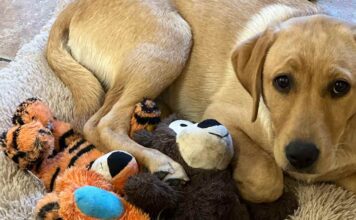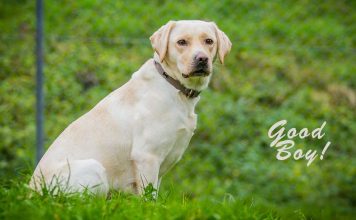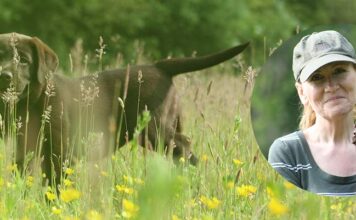Labrador Training Articles
A well trained Labrador is a happy Labrador. Training creates a fantastic bond between dog and owner, as well as teaching them great manners. Our articles cover everything you need to know, from recall, to sit, stay, fetch and much more.



















